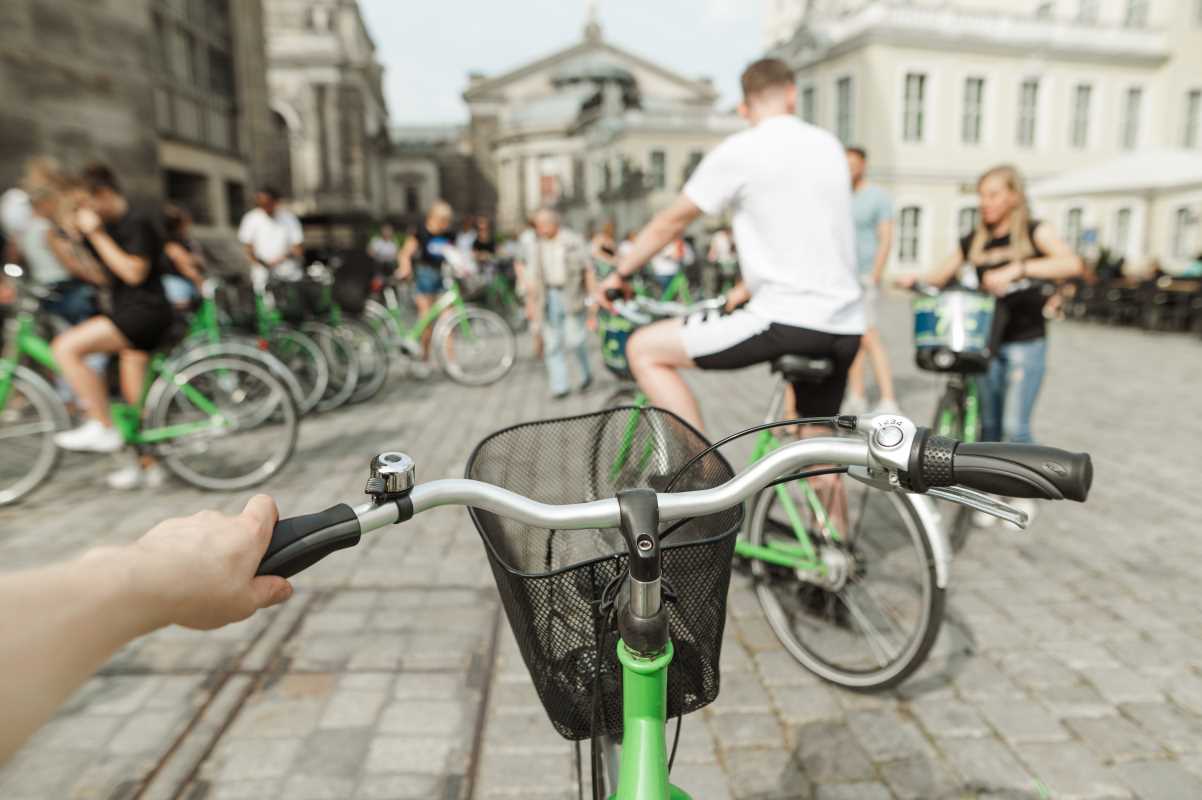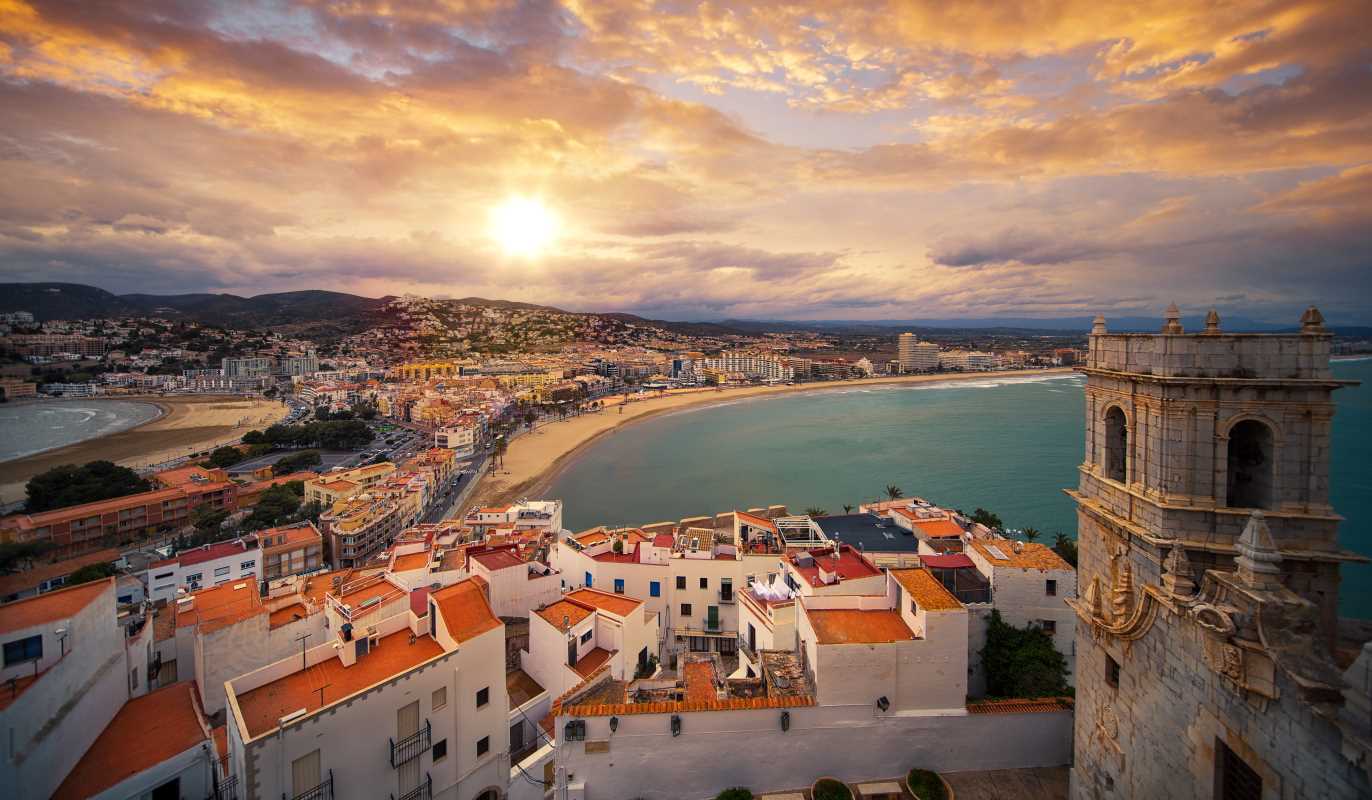Picture this. You’re sitting on a quiet beach, the sun warming your skin. There’s no constant buzz of notifications, no email alerts, and no endless scrolling. Sounds dreamy, right? That’s the magic of a digital detox vacation. It’s the ultimate way to escape from the digital noise and recharge your mind and body. But with our phones and devices feeling like extensions of ourselves, stepping away from screens can feel harder than you think. That’s why proper planning makes all the difference. Whether you’re seeking peace, adventure, or deeper connections with nature, this guide will help you create the perfect getaway where technology takes a back seat. Here’s how to do it.
Step 1: Define Your Digital Detox Goals
Before you set off on your screen-free adventure, it’s important to understand why you need a break. Are you looking to reconnect with nature? Spend more quality time with loved ones? Maybe you’re just trying to relax and clear your mind. Defining your goals helps you shape the trip to fit your needs. For example, if you’re glued to your work email, your goal might be to unplug completely for a few days. On the other hand, if social media is your kryptonite, the detox could focus on enjoying activities without the pressure of posting about them.
Once you know why, it’s easier to design a trip where those distractions don’t follow you. Remember, this is about taking control of your time rather than letting your devices control you.
Step 2: Choose the Right Destination
Picking the right spot can make or break your detox experience. Ideally, look for destinations where technology isn’t front and center. You might consider heading to a remote cabin tucked away in the woods, a beachside resort with limited Wi-Fi, or even a mountain retreat. National parks, quiet villages, or wellness-focused resorts are great options for escaping digital distractions.
If you’re a nature enthusiast, you could head to places like Yellowstone or the Smoky Mountains, where the views are better than any smartphone app. Prefer something a bit more relaxing? Book a stay at a spa resort with mindfulness and wellness activities. The key is choosing somewhere that makes you feel relaxed, engaged, and disconnected from the online world.
Bonus tip: It helps to pick a place where phone signal is naturally spotty. That way, you won’t even feel tempted to check your phone!
Step 3: Set Boundaries With Your Devices
No digital detox works if you bring your entire online world with you. Start by deciding which devices you’ll leave behind. For most people, eliminating unnecessary gadgets like tablets or laptops is a no-brainer. If you need your phone for emergencies or navigation, you can still detox by disabling notifications or sticking to offline apps.
Another great idea is to set specific “tech-free” hours to set limits during your trip. For example, you could keep your phone off during breakfast or put it in airplane mode in the evenings.
If the temptation to scroll is too strong, there are tools that can help. Apps that block certain sites or usage after a set time (like Forest or Freedom) can ensure you stay focused on your experience. For a stronger commitment, try leaving your devices somewhere out of sight, like a drawer or a safe.
Step 4: Find Activities That Help You Stay Present
One challenge of disconnecting is figuring out what to do with all that free time! The good news is that planning activities ahead of time can make your detox vacation more fulfilling and fun. Think about activities that align with your goals. Here are some ideas:
- Reconnect with nature. Try hiking, kayaking, bird-watching, or simply relaxing under the stars. Being outdoors is not only screen-free but also incredibly calming.
- Focus on wellness. Take yoga classes, try meditation, book a massage, or explore a new form of exercise like paddleboarding. These activities help you feel grounded and present.
- Get creative. Bring along a notebook for journaling or a sketchbook to capture your surroundings. Creative hobbies can be a great way to pass time without a device.
- Spend time with others. Plan group activities or simply spend quality time with loved ones. Conversations flow better when no one is glued to their phone.
Staying engaged with these types of activities helps keep your mind off what you’re “missing” online, making the detox more enjoyable.
Step 5: Plan for Emergencies (Just in Case)
Even though you’re unplugging, safety still comes first. If you’re traveling to remote areas, make sure you have a physical map, and share your itinerary with someone trustworthy. Investing in a basic GPS device can be useful for serious hikers. And make sure someone from home has a way to contact you in case of emergencies.
If you must have your phone on hand, you can still detox by limiting its use to navigation or emergency situations only. Having a solid backup plan offers peace of mind and helps you truly relax.
Step 6: Reflect and Carry the Detox Home
A big part of stepping away from screens is noticing how it changes the way you feel. Do you feel more present? Did you sleep better? Did your stress levels dip? Take some time to reflect on what this experience taught you about your habits.
You don’t have to wait until your next vacation to enjoy the benefits of a digital detox. Bring some of this balance into your everyday life by setting device-free times at home. Or create routines that limit your tech use, like no emails after dinner or screen-free Sunday mornings.
The beauty of a digital detox is that it reminds you of what life feels like when you’re not ruled by screens. And it’s something you can recreate whenever you need to recharge.







